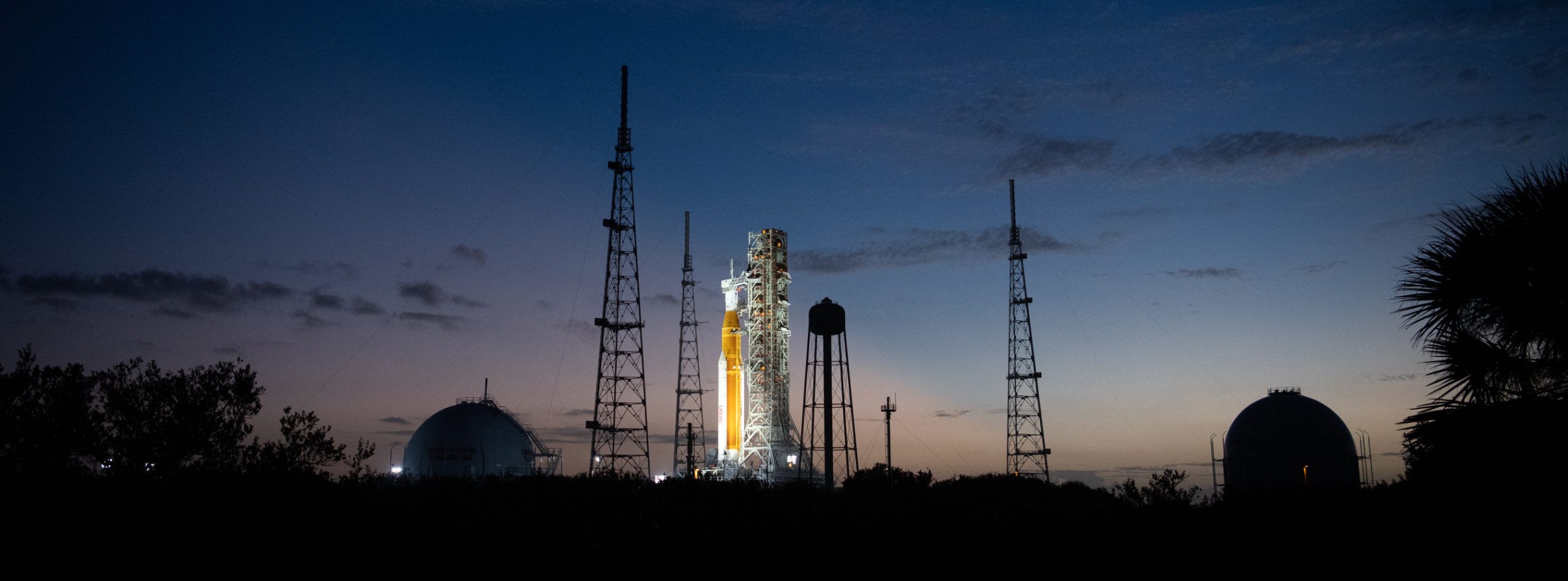NASA‘s Artemis I mission has been forced to get delayed yet again as
Tropical Storm Nicole, which is now expected to strengthen into a hurricane, approaches Florida’s East Coast where the launch site is located.
The mission, which is expected to send an uncrewed spacecraft on a test mission around the moon, has been targeting November 14 for the third launch attempt. But now the date is being pushed to November 16, “pending safe conditions for employees to return to work, as well as inspections after the storm has passed,” NASA said in a statement Tuesday evening.
Also Read | Lunar Eclipse 2022: Indian cities that will witness the last lunar eclipse of this year
The Kennedy Space Center, which hosts the launchpad for deploying the rocket for the mission, SLS, lies just to the north of where the storm’s center is expected to make landfall. As a result, it can expect some of the strongest impacts from Nicole.
Nicole is already predicted to be a 75 miles/hour Category 1 hurricane, with a wind range between 80 and 90 miles per hour. According to officials, SLS is designed to withstand gusts of up to 85 miles per hour.
Also Read | Who is Irene Bernasconi, the Argentinian marine biologist in Google’s doodle?
“Further, the National Weather Service in Melbourne, Florida, has forecasted max wind gusts occurring early Thursday morning of 86 miles per hour,” Miller added. “So yes, this is absolutely possible that wind gusts exceed that threshold.”
NASA officials said in a statement “forecasts predict the greatest risks at the pad are high winds that are not expected to exceed the SLS design. The rocket is designed to withstand heavy rains at the launch pad and the spacecraft hatches have been secured to prevent water intrusion.”
Also Read | NASA’s Cygnus Cargo Mission launches ovarian cells and other experiments to space
NASA said its teams have already powered down the Orion spacecraft, which sits atop the SLS rocket and the rocket’s side boosters, as a precautionary measure to withstand the storm.
“Engineers have also installed a hard cover over the launch abort system window, retracted and secured the crew access arm on the mobile launcher, and configured the settings for the environmental control system on the spacecraft and rocket elements,” according to the statement. “Teams also are securing nearby hardware and performing walk down for potential debris in the area.”







